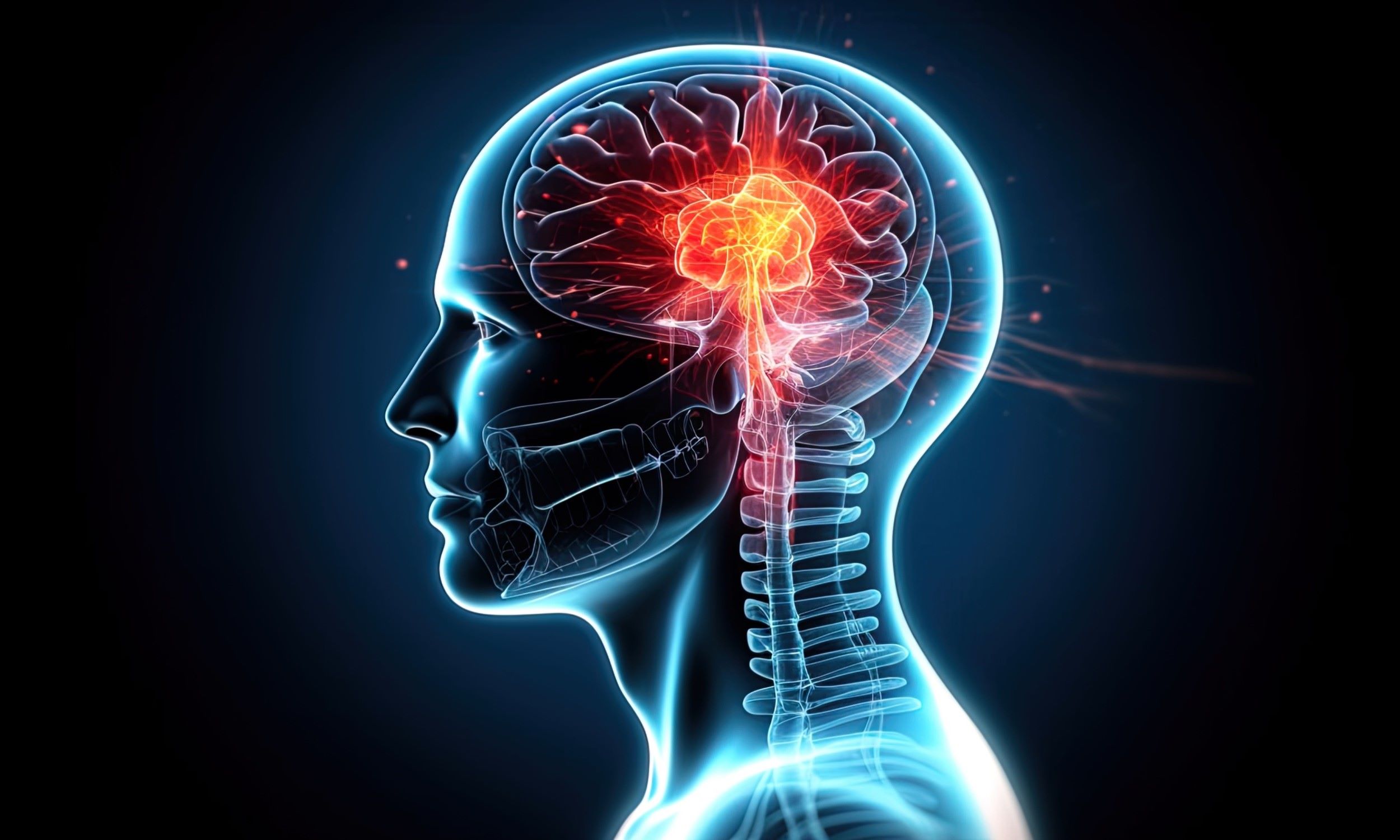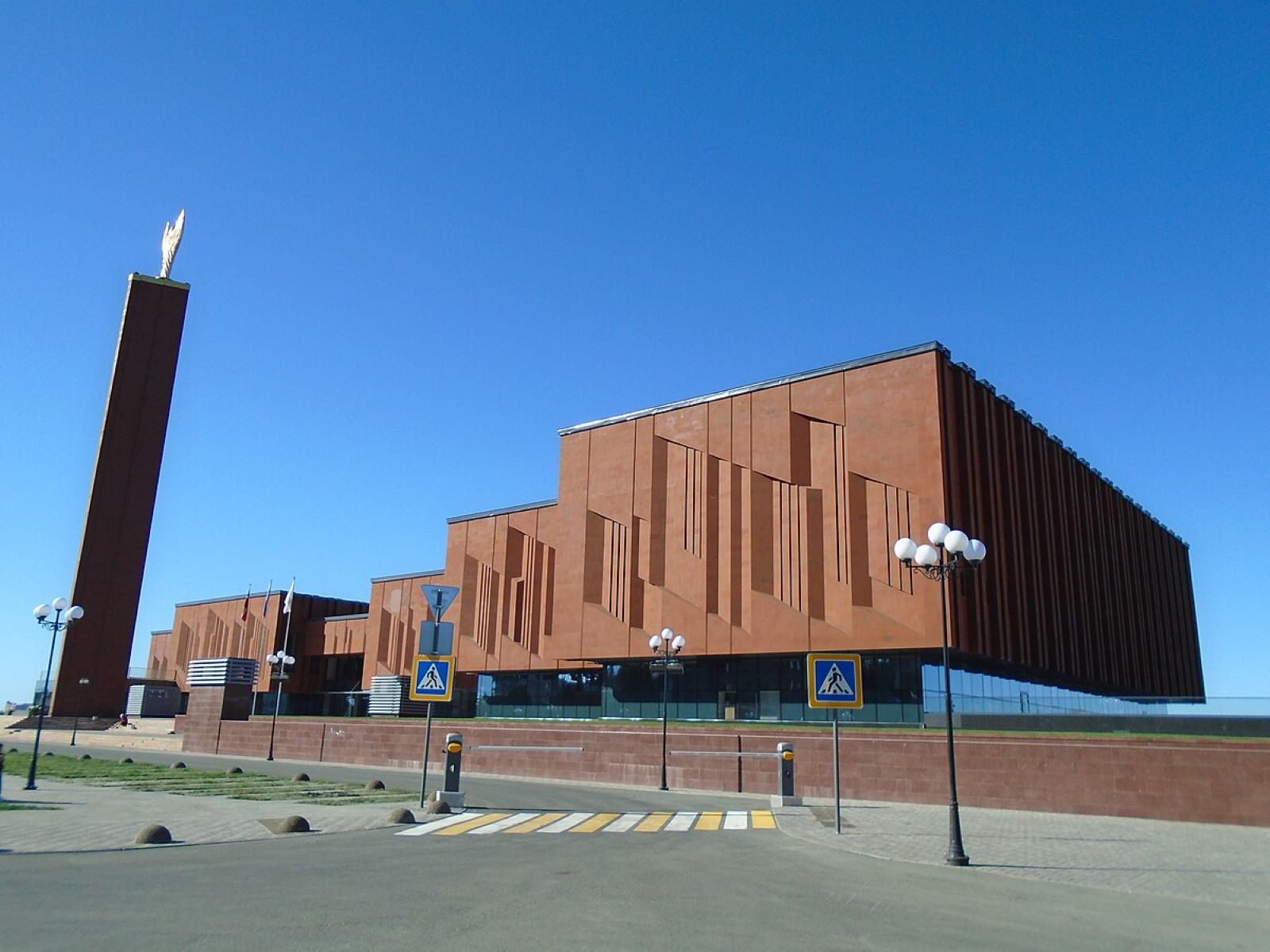
What is Centronuclear Myopathy? Centronuclear Myopathy (CNM) is a rare genetic muscle disorder where muscle fiber nuclei are abnormally located in the center of the muscle fiber. This condition can be caused by mutations in several genes, including DNM2, MTM1, RYR1, and BIN1. CNM presents a wide range of symptoms, from muscle weakness and fatigue to severe respiratory distress and feeding difficulties. The severity of the condition varies, with some forms being life-threatening in infancy, while others manifest milder symptoms in adulthood. Diagnosing CNM involves genetic testing and muscle biopsies. Although there is no cure, various treatments help manage symptoms and improve quality of life.
Key Takeaways:
- Centronuclear Myopathy is a rare genetic muscle disorder with varying severity and age of onset. It can affect muscle strength, tone, and overall function, and diagnosing it involves clinical examination, muscle biopsy, and genetic testing.
- CNM can lead to complications affecting the respiratory and cardiovascular systems, as well as muscle atrophy and eye movement abnormalities. While there is no cure, treatments like physical therapy and respiratory support can help manage symptoms.
What is Centronuclear Myopathy?
Centronuclear myopathies (CNM) are rare genetic muscle disorders. They are characterized by the unusual placement of muscle fiber nuclei in the center of the muscle fiber. This condition can vary in severity and is known by different names depending on the genetic form.
-
Definition: CNM is a congenital neuromuscular disorder marked by centrally located nuclei in muscle fibers, which is abnormal.
-
Genetic Heterogeneity: CNM can be caused by mutations in multiple genes, including DNM2, MTM1, RYR1, and BIN1.
Types of Centronuclear Myopathy
There are different forms of CNM, each with its own genetic cause and severity. Understanding these types helps in diagnosing and managing the condition.
-
X-Linked Myotubular Myopathy: This severe neonatal form is caused by mutations in the MTM1 gene. It is often fatal in infancy.
-
Autosomal Forms: Less severe than XLMTM, these forms can be caused by mutations in DNM2, BIN1, and RYR1. Symptoms vary widely.
Clinical Features and Symptoms
CNM presents with a range of symptoms that can affect muscle strength, tone, and overall function. These symptoms can appear at different stages of life.
-
Clinical Features: Common symptoms include muscle weakness, hypotonia (low muscle tone), fatigue, and exercise intolerance.
-
Histopathological Hallmark: Muscle biopsies show centrally located nuclei in muscle fibers, a key diagnostic feature.
-
Muscle Fiber Predominance: Type I muscle fibers are mainly affected, leading to smaller and more numerous fibers than type II fibers.
-
Nuclear Centralization and Clustering: Muscle fibers often show nuclear clustering and size variability, affecting muscle function.
Diagnostic Tools and Genetic Analysis
Diagnosing CNM involves a combination of clinical examination, muscle biopsy, and genetic testing. Identifying the specific genetic mutation is crucial.
-
Ultrastructural Findings: Electron microscopy reveals central nuclei surrounded by sarcoplasm with accumulated glycogen granules and mitochondria.
-
Genetic Analysis: Genetic testing identifies mutations in DNM2, MTM1, RYR1, and BIN1, helping to determine the subtype and severity.
Variability in Severity and Age of Onset
The severity of CNM can vary widely, and symptoms can appear at different ages, from infancy to adulthood.
-
Phenotypical Spectrum: Symptoms range from mild to severe, with some individuals experiencing life-threatening complications.
-
Age of Onset: Symptoms can be present at birth in severe forms or develop later in life. Adult onset is rare but possible.
Inheritance Patterns
CNM can be inherited in different ways, including X-linked, autosomal dominant, and autosomal recessive patterns.
-
Sex-Linked Inheritance: XLMTM is inherited in an X-linked recessive pattern, primarily affecting males.
-
Autosomal Dominant Inheritance: Less common, this form requires only one copy of the mutated gene to cause the condition.
-
Autosomal Recessive Inheritance: Caused by mutations in BIN1, this form is less common and usually more severe.
Symptoms in Different Life Stages
CNM symptoms can vary depending on the age of onset, with different challenges faced at each stage of life.
-
Symptoms in Infancy: Severe forms can cause significant muscle weakness, feeding difficulties, and respiratory distress.
-
Symptoms in Childhood: Progressive muscle weakness can impair mobility and motor functions, leading to frequent falls.
-
Symptoms in Adulthood: Milder forms may cause progressive muscle weakness, fatigue, and exercise intolerance.
Complications and Associated Conditions
CNM can lead to various complications, particularly affecting the respiratory and cardiovascular systems.
-
Cardiorespiratory Involvement: Severe cases can lead to life-threatening conditions like congestive heart failure.
-
Feeding Difficulties: Weakness in swallowing muscles can cause malnutrition and related health issues.
-
Respiratory Distress: Weak respiratory muscles can lead to inadequate oxygenation and carbon dioxide removal.
-
Eye Movement Involvement: Abnormalities in eye movements, such as vertical gaze palsy, are common.
-
Muscle Atrophy: Type I muscle fibers often show significant atrophy, leading to muscle wasting and weakness.
Histological and Ultrastructural Features
Muscle biopsies and electron microscopy reveal specific features that help diagnose CNM.
-
Histological Variability: Different genetic mutations cause distinct histological patterns in muscle fibers.
-
Ultrastructural Abnormalities: Electron microscopy shows various abnormalities, including central accumulation of proteins and membrane alterations.
Diagnostic Challenges and Treatment Options
Diagnosing CNM can be challenging due to its rarity and the need for specialized testing. While there is no cure, various treatments can help manage symptoms.
-
Diagnostic Challenges: Rare and requiring specialized genetic testing, CNM diagnosis often involves muscle biopsy and histological examination.
-
Treatment Options: Physical therapy, occupational therapy, respiratory support, and sometimes surgery can help manage symptoms.
Importance of Patient Registries and Research
Patient registries and ongoing research are crucial for understanding CNM and developing new treatments.
-
Patient Registry: Registries collect data on patient phenotypes, genotypes, and treatment outcomes, aiding research.
-
Research and Development: Studies on the molecular mechanisms of CNM and novel therapies, like gene therapy, are ongoing.
-
Functional Impact: Mutations in genes like BIN1 can significantly affect muscle fiber morphology and function, highlighting the need for continued research.
Final Thoughts on Centronuclear Myopathy
Centronuclear Myopathy (CNM) is a rare, complex muscle disorder with a wide range of symptoms and severities. From genetic mutations in DNM2, MTM1, RYR1, and BIN1 to the hallmark feature of centrally located muscle fiber nuclei, CNM presents unique challenges. Symptoms can range from mild muscle weakness to severe respiratory distress, especially in infants. Diagnosis often requires genetic testing and muscle biopsies. While there's no cure, treatments like physical therapy, respiratory support, and sometimes surgery can help manage symptoms. Research and patient registries are crucial for advancing our understanding and developing new therapies. Understanding CNM's genetic, clinical, and histological aspects is essential for better diagnosis and management. Ongoing research offers hope for more effective treatments in the future.
Frequently Asked Questions
Was this page helpful?
Our commitment to delivering trustworthy and engaging content is at the heart of what we do. Each fact on our site is contributed by real users like you, bringing a wealth of diverse insights and information. To ensure the highest standards of accuracy and reliability, our dedicated editors meticulously review each submission. This process guarantees that the facts we share are not only fascinating but also credible. Trust in our commitment to quality and authenticity as you explore and learn with us.


